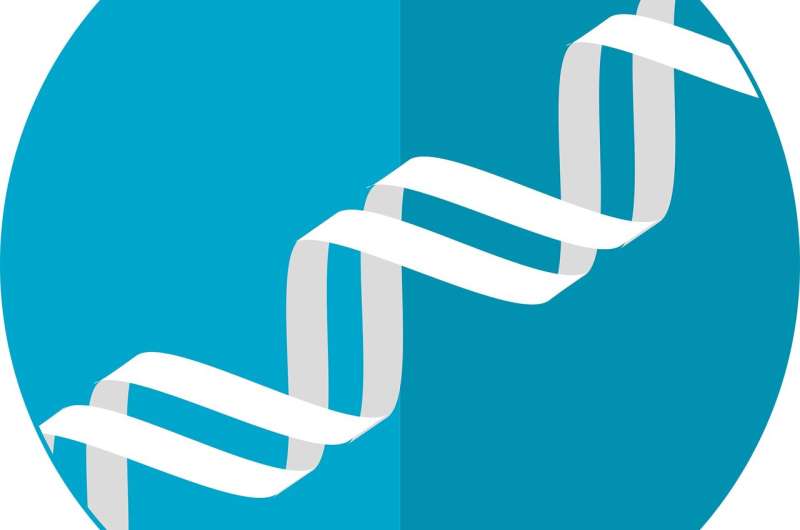
Researchers have finally cracked the code of a bewildering pediatric disease that sets off a characteristic cytokine storm—a harmful immune system overaction resembling one that arises in COVID-19 cases—and can lead to catastrophic multisystem organ failure or neurodegeneration. Their study, which identifies the cause of the cytokine storm and possible treatments, was published in Nature Medicine in May.
The mystery of this disease, Langerhans-cell histiocytosis (LCH), runs deep. Its symptoms vary widely, and LCH has the ability to infiltrate almost any organ system, leaving most patients with long-term consequences that may include a devastating neurodegenerative syndrome that can arise years after other symptoms have abated.
Researchers had previously not come to a consensus on even the nature of this disease, although they leaned toward deeming it a type of malignant disorder called a myeloid neoplastic disorder. However, the standard treatment, chemotherapy, fails to help all patients, and no treatment has been identified to treat the neurodegeneration, so the Mount Sinai researchers sought to find the underlying cause of the disease’s cytokine storm, which seemed to cause tissue destruction and devastating clinical outcomes.
The researchers linked LCH’s hallmark cytokine storm to senescent cells, which are known to accumulate in tissues during the process of aging or when the body fights off cancer. They found a subset of cells that normally would produce blood cells were expressing a mutation on the BRAF gene that is almost always present in LCH patients.
They further saw that those blood precursor cells were entering senescence, a phenomenon in which a malignant cell is put to sleep in an effort to fight off cancer proliferation, but in the process releases inflammatory cytokines, immune system proteins that first attack the bone marrow and then move throughout the body to cause organ damage.
This finding identifies senescent cells as a new target that promises to be more precise and effective than chemotherapy. Researchers believe that senolytics—drugs that kill senescent cells and that are currently being tested to combat the cells’ more well-known contribution to the aging process in the body—could significantly benefit patients without causing the side effects that chemotherapy does, especially since chemotherapy is also known to lead to senescence.
“I have been on a 15-year quest to find solutions for children stricken by Langerhans-cell histiocytosis,” said senior author Miriam Merad, MD, Ph.D., Director of the Precision Immunology Institute at the Icahn School of Medicine at Mount Sinai, Director of the Mount Sinai Human Immune Monitoring Center, and Professor of Oncological Sciences, and Medicine (Hematology and Medical Oncology), at The Tisch Cancer Institute at Mount Sinai. “We now have a key piece of the puzzle to this troubling and previously confounding disease that we think helps finally explain many conundrums of the disease. Research fellow Matthias Wilk, MD, coauthor of the study, is currently developing a clinical trial with collaborator Dr. Carl Allen, MD, Ph.D., of Texas Children’s Hospital, also a coauthor of the study, to test the benefit of senolytics in the hopes we confirm this as a new treatment strategy for LCH patients.”
Source: Read Full Article
